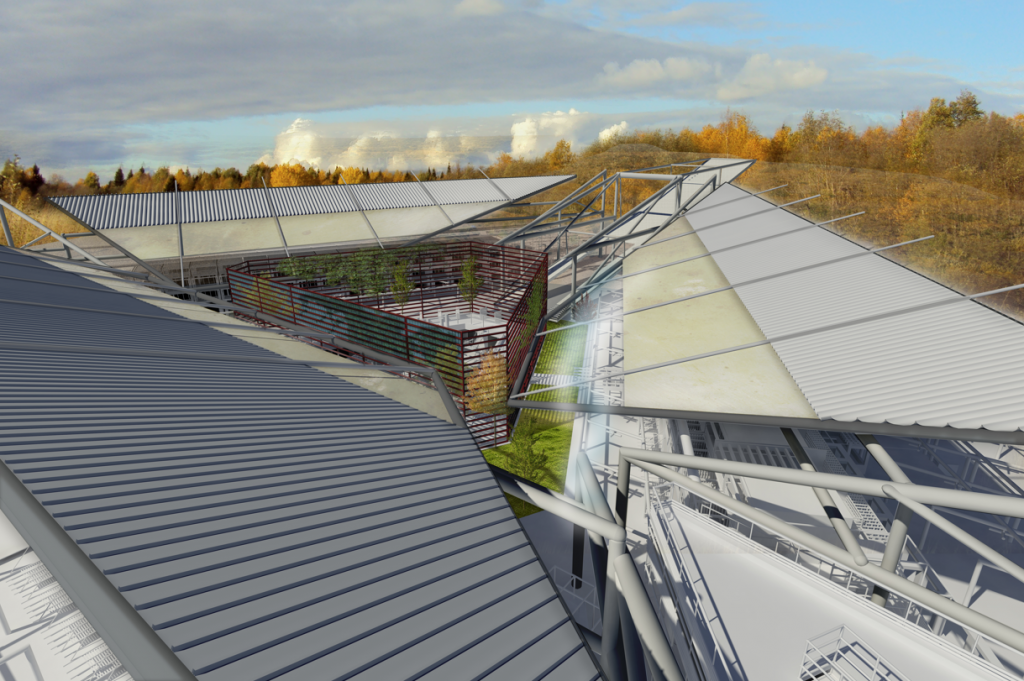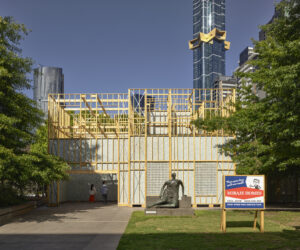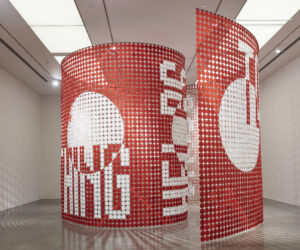Challenging Architecture – Bushfire Response
With the beginning of a new year and a bounty of renewal, comes the resurgence of the next bushfire season. Instigated by a combination of high temperatures, strong winds, low humidity and flammable vegetation bushfires are a growing relentless calamity which has affected the lives of Australians for more than a century. Nationally bushfires have been closely associated with Australian culture during the summer period, with television screens showcasing countless reports of fire-fighters trying to regulate the unpredictable inferno. With most Australians inhabiting the south-eastern corner of the dry continent in Victoria where it is cooler and hosts a diversity of vegetation typologies and topographies, they are significantly at risk of bushfire danger. Some of the worst bushfires recorded to take the country by storm manifested there, such as the Grampians fire in 2006 which burnt the entire Grampian National park, the Great Divide in 2007 where 70 individual fires united to become one great bushfire, and Kilmore Eastbushfire known colloquially as ‘Black Saturday’ in 2009, which was arguably the most devastating bushfire of all taking 173 fatalities and destroying 2,500 buildings. Today’s recent outbreak of numerous bushfires in New South Wales well before the predicted bushfire season, has once again triggered this life-threatening anxiety and debate, fuelled by even hotter, drier and windier conditions since 2009. With the unquestionable exacerbation of climate change contributing towards this forbidding context, it is not hard to comprehend that future firestorms like this will become more frequent, more intense and even deadlier.
So “How can the role of architecture as the critical participant in the conditioning of public and private space be capable of responding, adapting, performing and generating mitigation for the bushfire-prone community of Kinglake in Victoria?”
This critical question establishes that the public requires more responsive and thought-provoking ideas which are derived through architectural opportunities worthy of being taken seriously and determined in protecting the lives of future Australians. The final design solution- The Resilient Bushfire Community driven by an extensive research and design process, provides various ideas for consideration which are applicable in Australia environment. From adversity, it responds, adapts, performs and generates mitigation against bushfire activity through a reactive constantly influx autonomous roofscape and the defensive cocooned layered arrangement it expresses. The roofscape works as a weather-measuring mechanical steel-framed system, consisting of three wings that change their angle of incline based upon the readings received from barometers which continuously measure the atmospheric surroundings. Multi-purpose in their use, the roofs are effective in protecting against flying embers and strong winds during a bushfire attack while also being resourceful in other seasons for retrieving water during heavy rainfall periods. The layered conception integrated into the proposal creates a series of barriers which are structured in a manner that is best tailored towards controlling and slowing the bushfire down. For instance the outer most layers are agriculture, grassy paddocks and paving for car parking, which do not add much if any fuel to the bushfire. Fire breaks like these encompassing the inner communities provide effective shields, becoming sacrificial in the path towards human survival. Another development recognized in fighting the problem was an effective water source onsite, which can be scarce yet crucial in these extreme environments. Tapping into water collected from the roof wings and being retrieved from underground bore water holes, the water becomes stored in subterranean tanks. This becomes the life blood of the community plan for a series of facilities specified for, fuelling most importantly the wet perimeters (irrigation lines) built into the layered framework. When the roofscape reacts towards changes in the seasons and daily weather, so too does the pressure of the water released from the irrigation jets, creating a bold misty effect that directly cools the adjacent environments. Inclusive of these grand designs, there were other protective measures incorporated into the refined design also, such as fire watch towers that overlook the greater region, an underground evacuation centre that is assigned as a shelter during fire-front attacks and a variety of non-combustible materials such as steel, concrete, slate, rock and rammed earth, locally sourced to blend and signify contextual architecture. In conjunction with these responsive practical instruments towards bushfire danger, the proposal also provides a sense of hope, security and life with numerous commercial and domestic amenities catered for in architectural villages, which celebrate the district and exemplify the traditional local Kinglake markets- becoming a beacon of endurance through the most tested times.
The Resilient Bushfire Community through bushfire reaction makes a significant architectural contribution like Cedric Price’s approach to architecture, where the profession becomes harnessed as a problem-solving practice. Weather is transformed into a communicative supply rather than an incessant problem that architects have to daily contend with. Architecture in this respect becomes more active and social through mechanical and technological exposure, deviating away from conventional static formalism that exists among us vividly. Bushfires and Australia’s endless climatic unpredictability in time becomes visually marked- recording, responding, adapting and contracting according to climatic fluctuations. Bushfire is redefined as an instigator; an architectural catalyst; an animator; alarming the communities of an approaching fire front and a warmer season, creating what can be defined here as responsive bushfire architecture. The notion of living in the bush may still hold the idealistic appeal for many city dwellers eager to escape the hustle and bustle of their working lives. But what it evidently still carries with it is the very real and deadly threat of bushfire. With this in mind, it is only a matter of time before the next natural bushfire disaster will be upon us, making premeditated preparation and responsive design solutions like the Resilient Bushfire Community an essential study for future survival.
Thomas Denhardt
For more information on this topic, visit the website at http://futurevictoria.wordpress.com/



